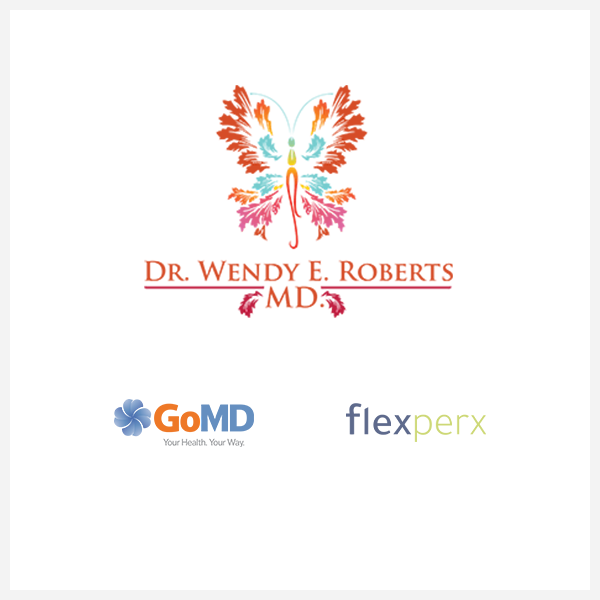[Sample Paragraph about this product.]
- Retinoids (tretinoin, Altreno, Retin-A, Renova, Tazorac). Among medical treatments, this is by far the most proven and effective way of bettering signs of aging such as uneven pigmentation, roughness, and wrinkling. At first, these medications may cause redness and peeling. Although this can be unpleasant, improvement comes when the peeling stops.
- Alpha-hydroxy acids. These are the so-called “fruit acids” and include glycolic and lactic acid. Preparations containing these fruit acids are quite safe and cause no more than mild and temporary irritation. The improvement they produce is, however, relatively subtle.
- Antioxidants. These include vitamins A, C, and E, as well as beta-carotene. Products that have antioxidants may provide some sun protection (though you should still wear sunscreen) and mildly improve wrinkles.
- Moisturizers. These may temporarily make wrinkles look less noticeable. Ads often say that they “reduce the appearance of fine lines.” But they don’t make those lines go away permanently.
- Glycolic acid peels. These superficial peels can make a very slight difference in the intensity of fine wrinkles.
- Deeper peels. These peels use ingredients like phenol, TCA (trichloroacetic acid) and trichloroacetic acid and penetrate somewhat deeper into the skin. These deeper peels do a better job of smoothing fine lines. In general, however, the deeper the peel, the greater the chance of side effects, such as scarring and changes in skin color. Such peels can be uncomfortable, so ask ahead of time what to expect.
- Dermabrasion . This procedure “sands” the skin. Depending a great deal on the skill and experience of the professional who does it, dermabrasion can make a big difference. Side effects, including scarring and permanent changes in skin color, are also possible.
- Laser resurfacing . Doctors can use lasers to stimulate the skin’s production of collagen, which plumps up skin. There are different types of lasers, and you should ask your doctor about how many treatments you’ll need, how much “down time” you’ll need for your skin to heal, and any risks.
- Plastic surgery . Facelifts, brow lifts, and other cosmetic surgeries help some people. For others, more minor procedures are enough. Talk it over with your doctor before you decide what, if any, procedure you want to do.
- Ultrasound therapy. The FDA has approved a technique called Ultherapy which uses ultrasound in a noninvasive technique to lift and tighten skin on the face, neck, and chin. It can also be used on wrinkles on the chest area.
- Injections. Some injections, including botulinum toxin (Botox, Dysport, and Xeomin) and prabotulinumtoxinA-xvfs (Jeuveau) relax muscles that produce the “frown lines” on the forehead, fine lines around the eyes, and other wrinkles. Improvement lasts several months and must be repeated to sustain improvement. Others are wrinkle fillers. You should only get injections from a doctor.
- Photodynamic rejuvenation (PDT). This therapy can help treat fine lines made by sun exposure.
- Microdermabrasion. Like dermabrasion, this procedure removes a layer of skin with a rotating brush and also stimulates collagen formation in deeper layers of the skin . In microdermabrasion, the layer of skin that comes off finer than the skin that is sanded off in dermabrasion.
“My passion is Generational Dermatology which is the method and practice that addresses evolving, aging skin. I believe anyone can have healthy, beautiful skin at any age, and maintain it throughout the course of their lifetime. Generational Dermatology is an opportunity for me to fuel proactive decision making when it comes to skin awareness and long lasting skin health.”
-Dr. Wendy Roberts named “Rock-Star Dermatologist” by Glamour Magazine

